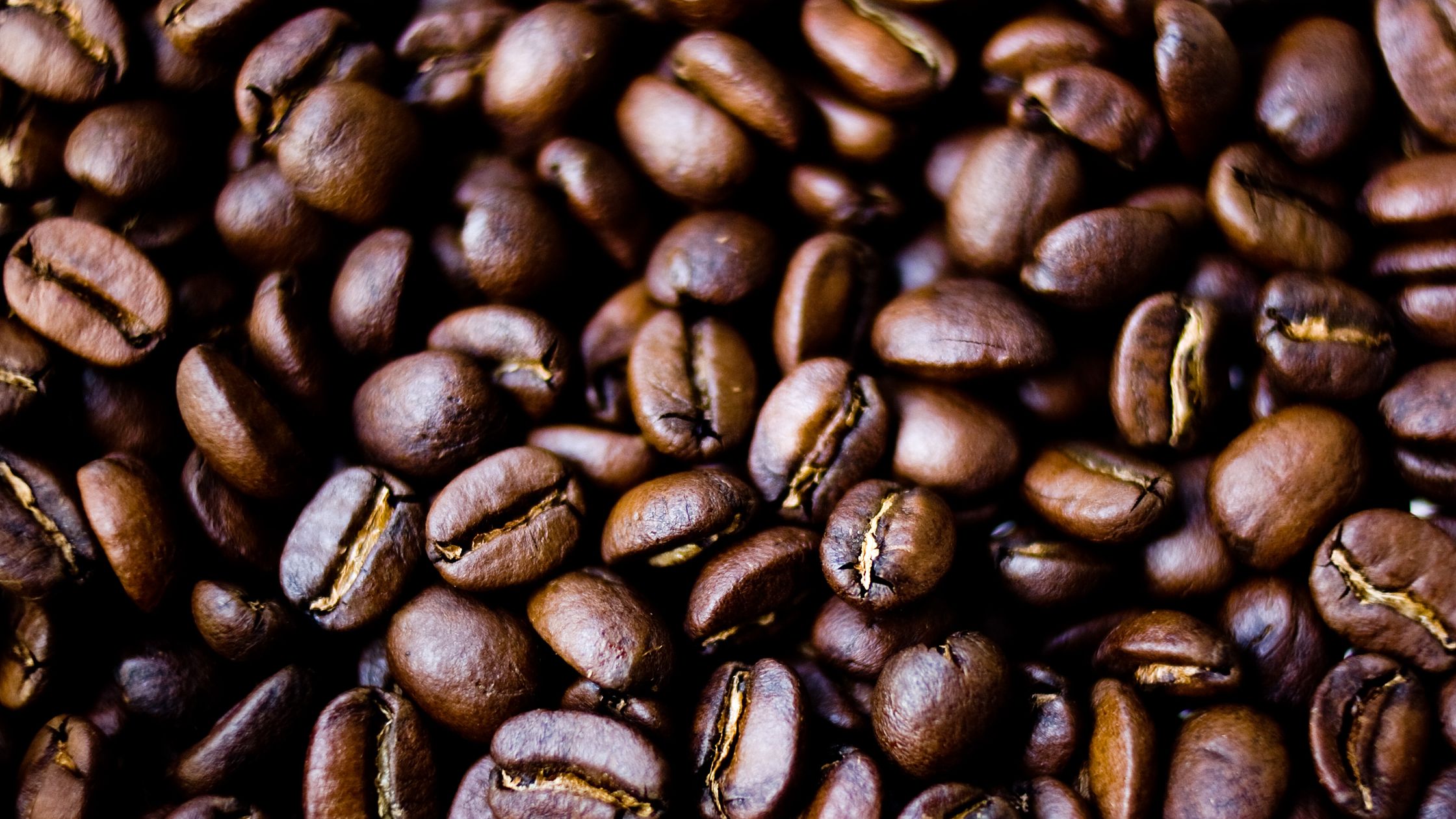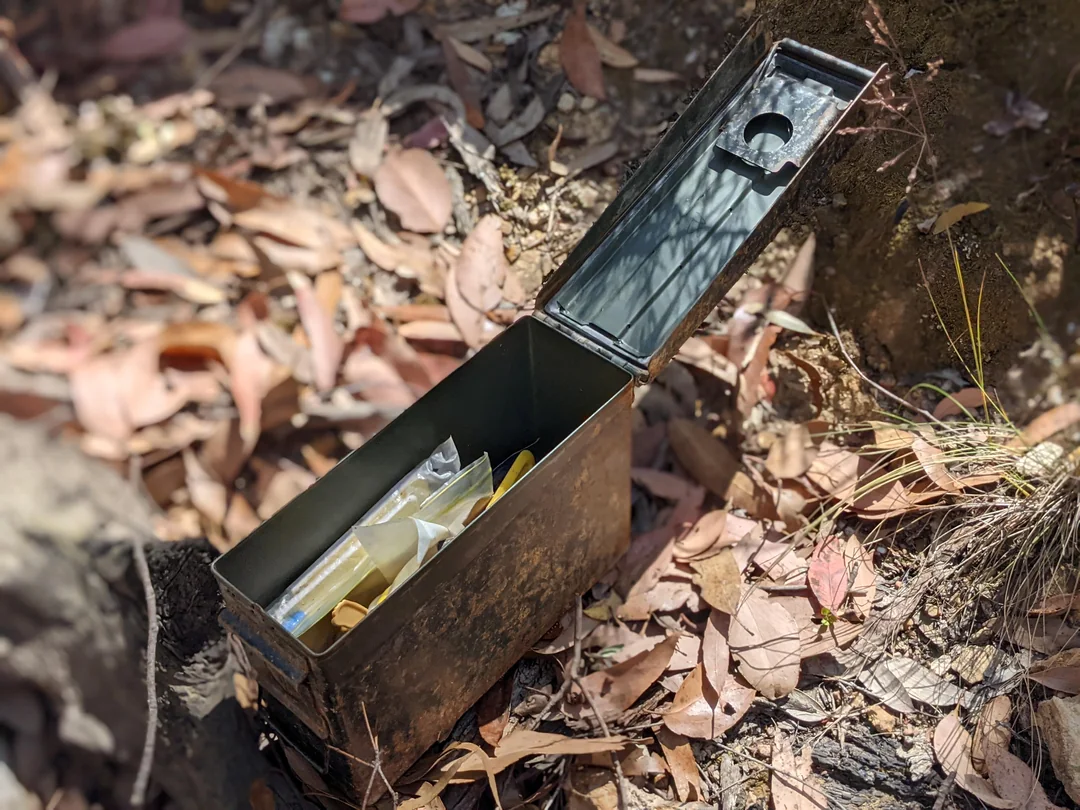Today is my first work day of 2025. I took a little bit of extra time off during the holidays, and this week’s snowstorm delayed my return to work for 2 additional days. As a result, I hadn’t been to the office in 19 days. It’s nice to finally be out of the house again, but I enjoyed the time off. In the past, when I went to the office 5 days a week, I relied on bike commuting to stay physically active. During the long holiday break, I would start to go “stir crazy” because I wasn’t riding my bike, so I’d be ready and raring to go back to work after 10 days or so. Nowadays, I only commute 1 or 2 days a week, and I’ve transitioned to running as my primary form of exercise. I kept up my running throughout the break, so I never went “stir crazy”, and I was in no rush to go back to work. So, there you have it.
Yesterday, around 24 hours after the snowfall wound down, I went out for a run. As I learned last year, two keys to successful running after snow are: (1) wait until late morning or early afternoon to allow the sun to work on the roads a little bit; and (2) find a low-traffic road instead of relying on sidewalks and paths (which often are plowed/treated inconsistently or not at all). I’m fortunate to have such a road near me, so I made a beeline for it and did laps until I hit 10K. As I’ve done several times this season, I wore Xero Mesa Trail Waterproof shoes with liner toe socks, Correct Toes, and wool hiking socks, and my feet stayed warm and dry. The shoes have broken in nicely, and I think they’re going to work out great for these conditions. There were a few icy spots along the route, but once I got used to running over them, I felt fairly comfortable. The “ground feel” that minimalist shoes provide, combined with a correct gait, seem to help reduce the risk of slipping and falling on the ice.
For my commute today, I started out on the hard tail mountain bike. I was figuring that enough MTBers would have been out on the trails by now to groom them pretty nicely, but I was wrong — the PVSP trails around Belmont were mostly footprints, with nary a tire track to be found, and it was not good riding at all. About 0.25 mile in, I turned around, went back home, grabbed my trusty 1993 Specialized Rockhopper, and hit the mean streets. I had not ridden the Rockhopper since last winter, and it was still outfitted with studded tires and Bar Mitts. All I had to do was put some air in the tires (had the bike not been ready to go, I likely would have ended up taking the car). The roads outside of PVSP were all plowed, salted, and good to go. In PVSP, the roads had maybe a quarter to half inch of snow covering them, with some ice in the areas where the snow had melted and re-frozen. The studded tires had no problem there, and I mostly sailed through at close to my regular speeds. All in all, a nice ride that brought back memories of my salad days of winter bike commuting.

